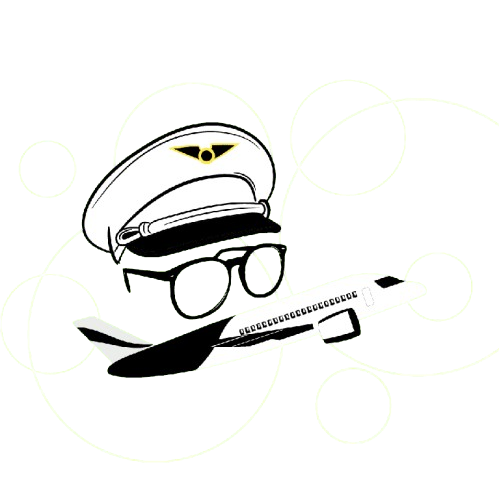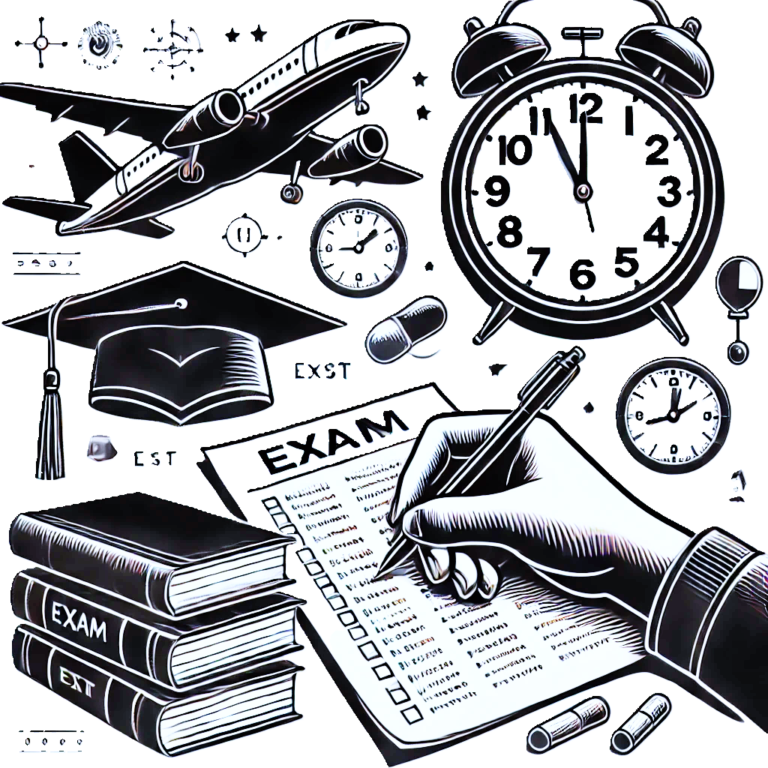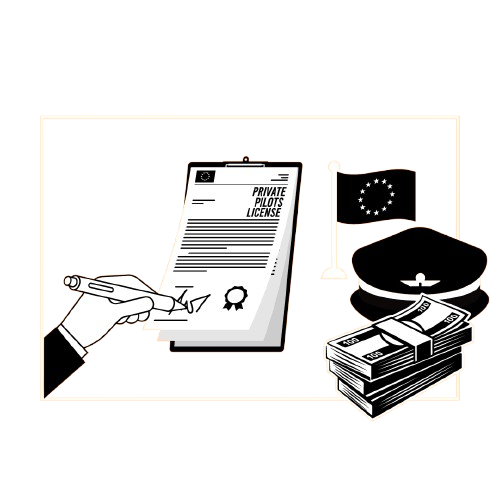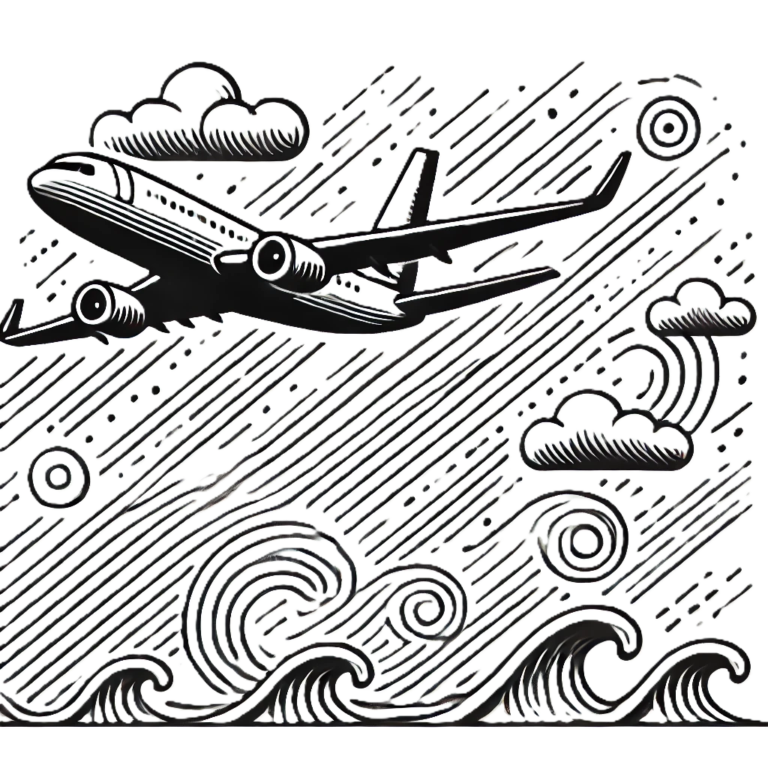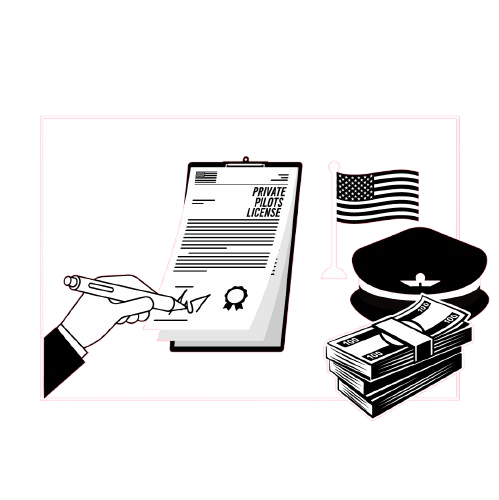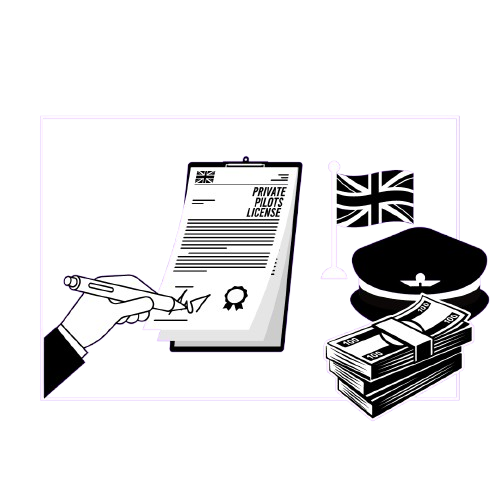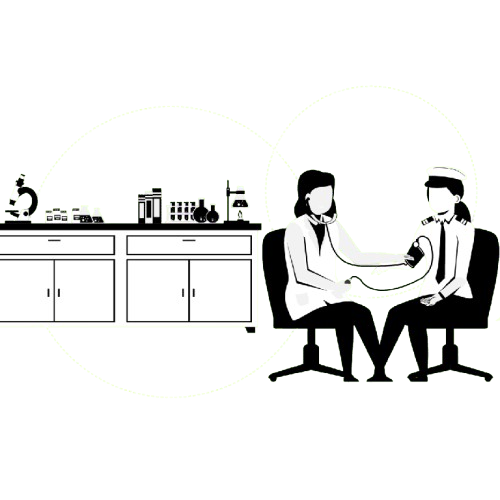Can You Be A Pilot With Glasses?
The short answer to this question is yes, you can be a commercial airline pilot with glasses. However, it does depend on the reason why you need glasses, as there are many eyesight requirements for pilots.
You do not need perfect vision or eyesight to become an airline pilot. Perfect vision is not a requirement.
I fly with many commercial pilots who wear glasses or contacts. These pilots use contact lenses or glasses to help correct their vision.
You must have a minimum vision standard to become a commercial pilot.
The idea that you are not allowed to wear glasses mainly comes from fast jet pilots in the air force, who must wear facial oxygen masks and pull high G-force manoeuvres.
Aviation Medical Certificates – Pilot Glasses
An Aviation Medical Doctor (AME) will assess your vision and eyesight during your first initial medical assessment. You must pass this initial medical check to obtain your Class One Medical Certificate.
Your eyesight will then be monitored throughout your career as a professional pilot during your annual medical renewals.
Your eyesight will deteriorate throughout your career with age. This is why these allowances are made. If not, you wouldn’t see any airline pilots above 50, most likely.
It must comment that it is usually much harder to achieve a Class One Medical than it is to maintain one.
Book In An Eye Test If You Have Concerns
As always, experts will always know the most and will be able to advise you if you have anything wrong with your eyesight.
I recommend booking an eye test before your initial class 1 medical. If you have any issues, you can first research and explore these before seeing your medical examiner.
This will significantly increase your chances of passing your initial Class One Medical first time and potentially save you some money.
If you are diagnosed with eye problems, again, don’t panic. Your vision is allowed to be correctable and doesn’t need to be perfect.
Can Pilots Wear Gassses? Different Countries Have Different Rules
The UK Civil Aviation Authority (CAA) states the following regarding eyesight:
If you wear glasses or contact lenses it is important to take your last optician’s report along to the examination.
An applicant may be assessed as fit with hypermetropia not exceeding +5.0 dioptres, myopia not exceeding -6.0 dioptres, astigmatism not exceeding 2.0 dioptres, and anisometropia not exceeding 2.0 dioptres, provided that optimal correction has been considered and no significant pathology is demonstrated.
Monocular visual acuities should be 6/6 or better.
Distance/Distant Vision:
Distant visual acuity, with or without correction, shall be 6/9 or better monocularly, and 6/6 or better binocularly.
And the following regarding color vision:
(a) Applicants shall be assessed as unfit, where they cannot demonstrate their ability to readily perceive the colour that are necessary for the safe exercise of the privileges of the license.
(1) Applicants shall be subjected to the Ishihara test for the initial issue of a medical certificate. Applicants who pass that test may be assessed as fit.
And here is an extract taken from a table from the FAA governing body in America:
Can Pilots Wear Prescription Sunglasses?
The UK Civil Aviation Authority states:
All pilots requiring a spectacle prescription must have one clear pair of correcting lenses but can have prescription sunglasses as their second pair. The wearing of plano sunglasses on top of prescription glasses is not acceptable.
So yes, you are still allowed to wear these prescription sunglasses, and it’s always recommended that you do, as the sun’s UV rays can be very damaging on eyes that aren’t protected!

